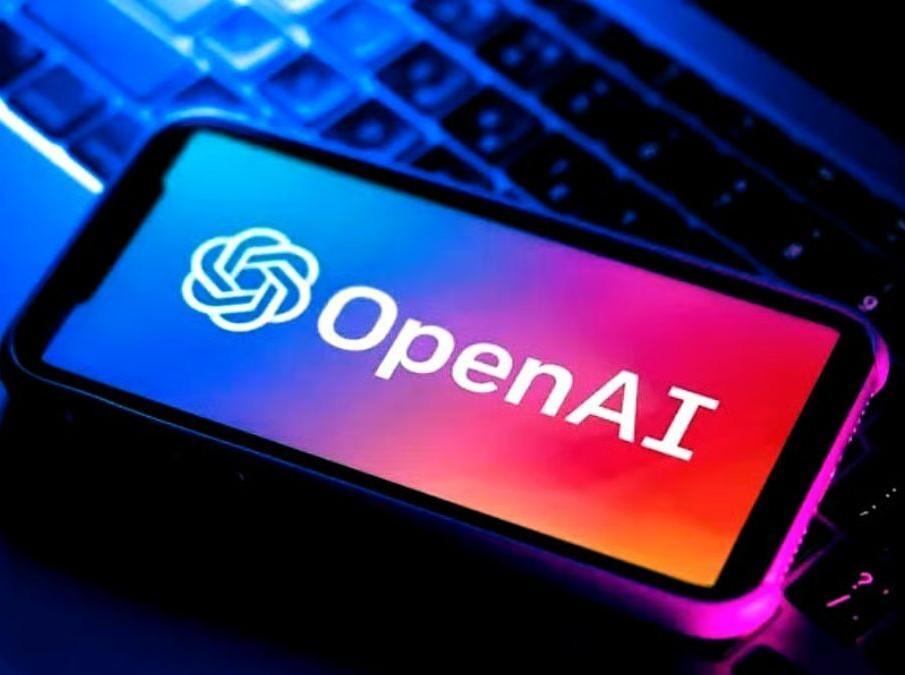
OpenAI Releases Downloadable AI Models for Public, Offline Use
In a groundbreaking move, OpenAI has released two AI models, gpt-oss-120b and gpt-oss-20b, for public use. For the first time since 2019, individuals can download and run the full model on their own computer, giving them complete control over the AI. This significant development marks a shift in the AI landscape, as anyone can now access these powerful models without needing internet access, expensive subscriptions, or even permission from OpenAI.
The release of these models is a major milestone in the field of AI, and it has the potential to revolutionize the way we interact with and utilize AI technology. By making these models downloadable and offline, OpenAI is empowering individuals and organizations to harness the power of AI without being tied to the cloud or relying on expensive infrastructure.
What are gpt-oss-120b and gpt-oss-20b?
gpt-oss-120b and gpt-oss-20b are two AI models developed by OpenAI, a leading artificial intelligence research organization. These models are based on the transformer architecture, a type of neural network that has achieved state-of-the-art results in a wide range of natural language processing (NLP) tasks.
gpt-oss-120b is a larger model with 120 billion parameters, while gpt-oss-20b has 20 billion parameters. Both models are trained on a massive dataset of text from the internet and are designed to generate human-like text based on a given prompt or input.
Why is this release significant?
The release of these models is significant for several reasons:
- Democratization of AI: By making these models downloadable and offline, OpenAI is democratizing access to AI technology. Anyone with a computer and internet connection can now access these powerful models, regardless of their location or financial situation.
- Increased control: With these models, individuals and organizations have complete control over the AI, allowing them to customize and fine-tune the models to their specific needs.
- Cost-effective: Running these models offline eliminates the need for expensive cloud infrastructure or subscriptions, making AI technology more accessible and cost-effective.
- Privacy and security: By running the models offline, individuals and organizations can maintain control over their data and ensure that it is not transmitted to a third-party server or exposed to potential security risks.
How can you use these models?
The possibilities for using these models are endless. Here are a few examples:
- Content generation: Use these models to generate high-quality content, such as articles, blog posts, or social media updates.
- Chatbots and virtual assistants: Integrate these models into chatbots and virtual assistants to enable them to understand and respond to user queries more accurately.
- Language translation: Use these models to translate text from one language to another, or to generate machine translation systems.
- Data analysis and summarization: Utilize these models to analyze and summarize large datasets, extracting key insights and patterns.
Conclusion
The release of gpt-oss-120b and gpt-oss-20b is a significant milestone in the field of AI, marking a shift towards greater democratization and control over AI technology. By making these models downloadable and offline, OpenAI is empowering individuals and organizations to harness the power of AI without being tied to the cloud or relying on expensive infrastructure.
As AI technology continues to evolve, we can expect to see even more innovative applications of these models. Whether you’re a developer, researcher, or simply someone interested in AI, these models offer a new level of flexibility and control over AI technology.






